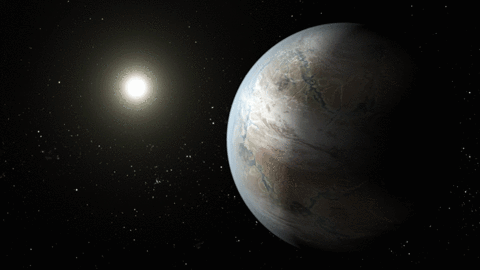The search for life outside our Solar System

Credit: NASA Ames/JPL-Caltech/T. Pyle
So - as we anxiously await the press conference from NASA which will take place today at 6pm (GMT) about a discovery outside of our solar system, why not remind ourselves of what exoplanet's are and how we try to find them.
An exoplanet, or extra-solar planet, is a planet which orbits around a star other than our Sun, therefore beyond our Solar System. The first one was discovered in 1995, but since then the techniques and technology for detecting them, have become much better and now more than 3,400 planets have been found by astronomers orbiting other stars.
In order to try and find these planets we use various techniques, some of which are detailed here, but NASA's latest exoplanet finder, Kepler, uses what is known as the 'Transit Method'. This method works by looking for regular dips in the brightness of a star as a planet passes, or transits, in front of it. The dips might be very small, often less than 1%, but we are still able to see them. In fact many of these potential detection's are then followed up by telescopes here on Earth to confirm the discovery, and our own Liverpool Telescope is involved in lots of exoplanet follow-up.
Up to now all of the planets found don't have much in common with Earth, either being much larger, or much further away from there host star and so very cold. To find a planet that we think might be able to sustain life we believe they must be able to live in a region called the 'Habitable Zone', a term used to describe the region around a star where an orbiting planet could have water in liquid form, although the term 'Goldilocks Zone' is perhaps better in describing a region that is neither too hot, nor too cold. So let's wait and see until the announcement this evening - but maybe we have moved a step closer to finding one!

